The Fork of a Tree
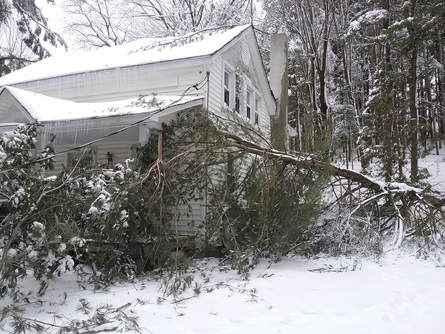
Indeed, as a result we lost power for six days (many in the region for several weeks!), when a 75 foot tall yellow pine became uprooted and hit our house, tearing off all electric service and damaging much more as well.
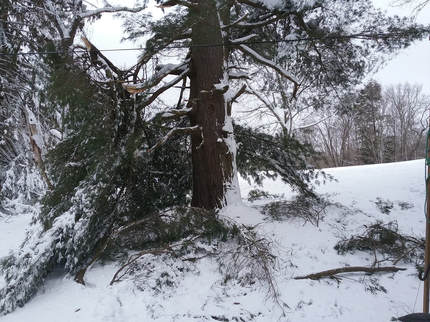
Surveying the damage, another tree caught my attention. It was a proud pine tree at the end of a grove of pines near the house, that seemed to be the pillar of the whole pine family. Interestingly, it still stands, despite losing half its mass. Viewed from a distance, it looked like a single tree. When we saw the ‘fallen tree’ beside it, from our den window, we at first couldn’t understand where it had come from, as this tree was the last one at the end of the grove and appeared to be still standing. But at a closer look, we noticed for the first time that while growing, it had formed a fork about 15 feet (5 meters) up, and only one of the leaders (new trunks) had come crashing down in the high winds. appearing to be a new tree
They had essentially become two distinct trees growing up another 60 feet (20 meters) tall from a single trunk. As the two leaders had stayed very close together and parallel to each other, each grew branches on only one side and, essentially became individually, badly unbalanced. With the added weight of snow on only one side and the high winds, the weakest point in the tree was the fork, and that is where one of them snapped.
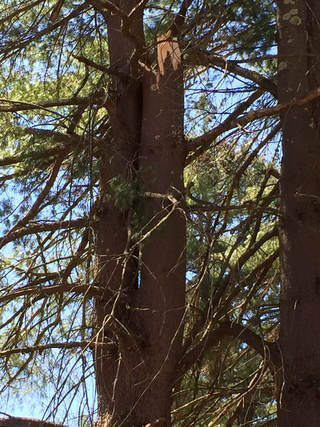 The two leaders were very close together. Notice all the debris at the break.
The two leaders were very close together. Notice all the debris at the break. So what is forking and why does it happen? Is it- as most homeowners seem to believe, a defect that needs to be always pruned away, and does it occur naturally? Well the short answer is that there can be many reasons and they may not always need to be addressed.
It may be a naturally occurring fork, encoded in the species DNA, which adapted to certain types of climates or seasonal exposures to sun and environmental conditions. Or it could be the result of the local changing patterns of light or wind surrounding a tree as it grows in competition with surrounding plants or species. It could also result from accidental damage from deer browsing, birds, insects, frosts or droughts. Accidental forks seem to be the most unpredictable and most often in need of proper pruning. If the tree is important to you, you should definitely consult a trained arborist before trying to attempt any formation pruning! They can recognize the cause of the forking and whether or not the joint will continue to weaken or become stronger and effect the tree’s shape and stability over time.
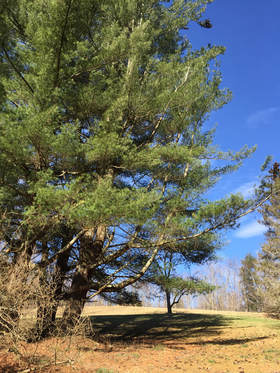
As both leads grow and thicken, the bark of each will disappear down into the fork from each side, and they will press against each other. (In fact, this ‘included patch’ of bark may become completely engulfed and invisible in an older fork, although the weakened joint remains.) You may not see this ‘bark inclusion’ again until the fork snaps or the tree is split for firewood.
Eventually the pressure between these opposing layers of bark will spread the fork and increase the splitting force. Under the bark, the living tissue will be crushed, which will then starve this area and destroy the tree’s defense system. Rainwater will seep into the fork, rot the bark and the wood, and eventually the weaker side of the fork will split from its own weight or under wind stress. Generally speaking, I’ve always been told that the more acute (narrow) the angle of the fork, the weaker and less reliable the bond.
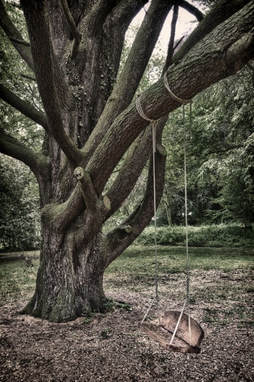
Of course, you can strengthen the weaker branch of a fork with rods and cables, but this measure only postpones the failure. It will only get more dangerous with time to remove the now heavier, weaker part of a fork. The only good way to deal with such forks is to prune the weaker side while the tree is still young. Preventive pruning pays for itself many times over.
We had to cut some low hanging branches off our red maple tree some time ago. When I looked at those cuts now, after a couple of years, I was amazed how the tree was healing and was covering over those wounds. This way it has prevented fungal attacks to the tree and rot-infections. This is the tree’s defense against decay. If I hadn’t known to make the cuts just beyond the ‘branch collar’, I may well have destroyed the protective tissue that creates infectious material defenses, and then my tree would probably be already succumbing to fatal attacks.
If you love trees, particularly near your house, you should take care of them. We always subscribed to the ‘let nature take its course’ philosophy. This is maybe not so great an idea when life and limbs are in play!
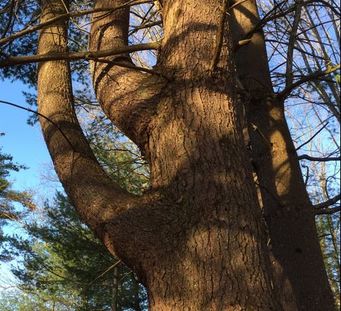
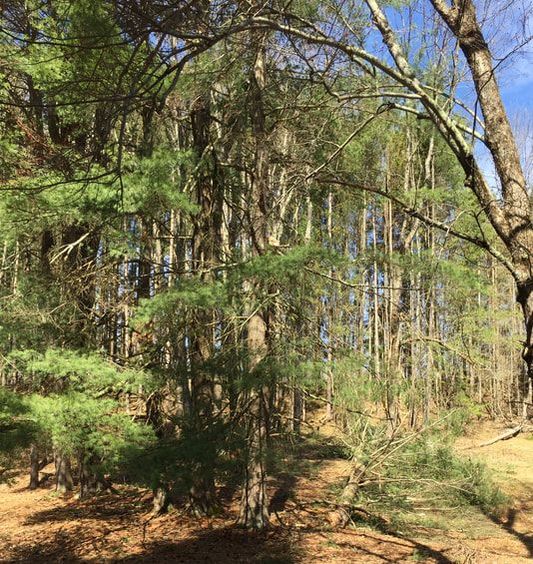
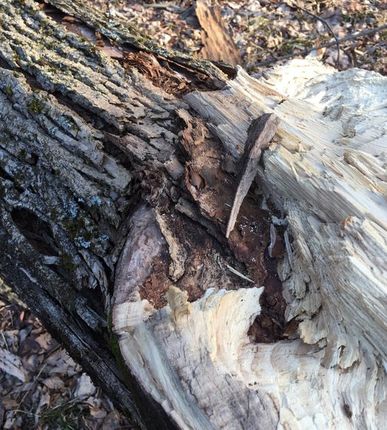


 RSS Feed
RSS Feed